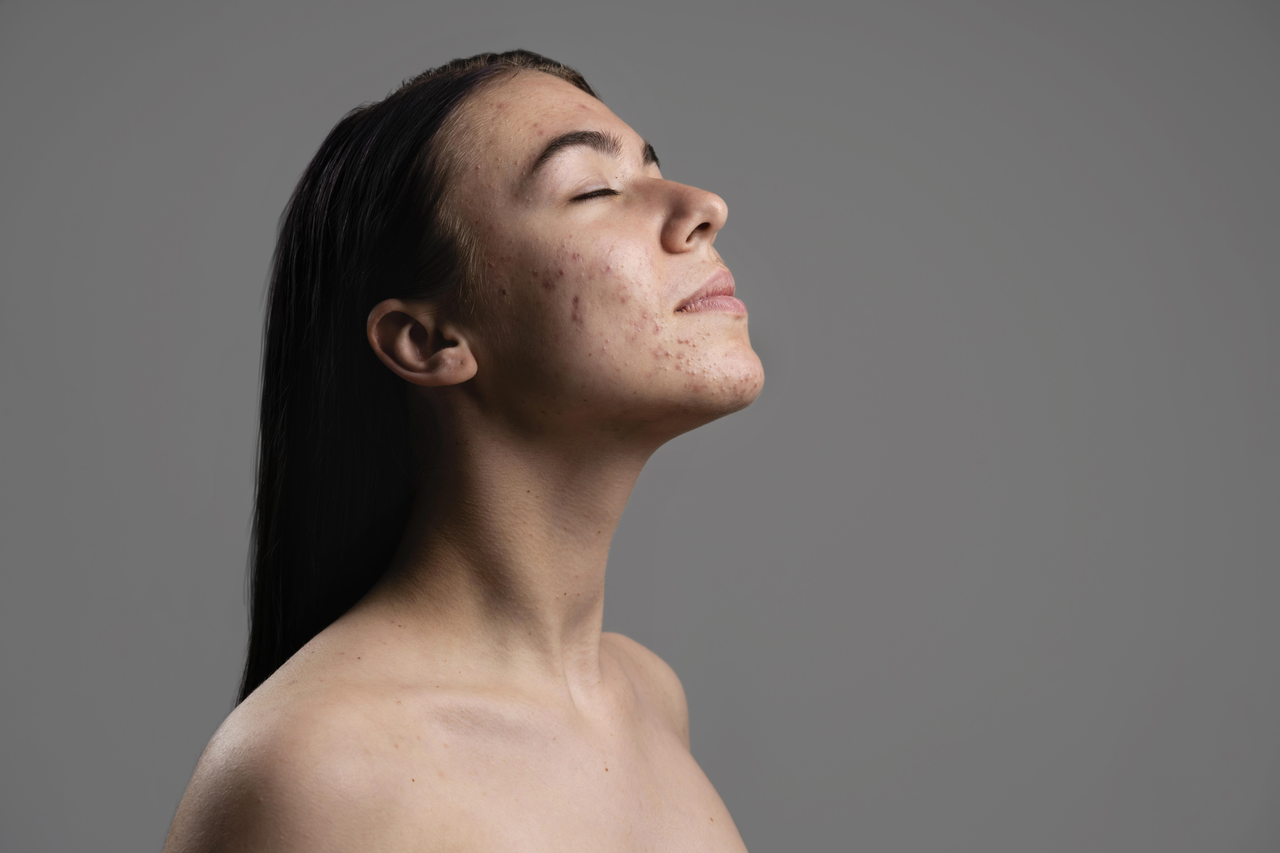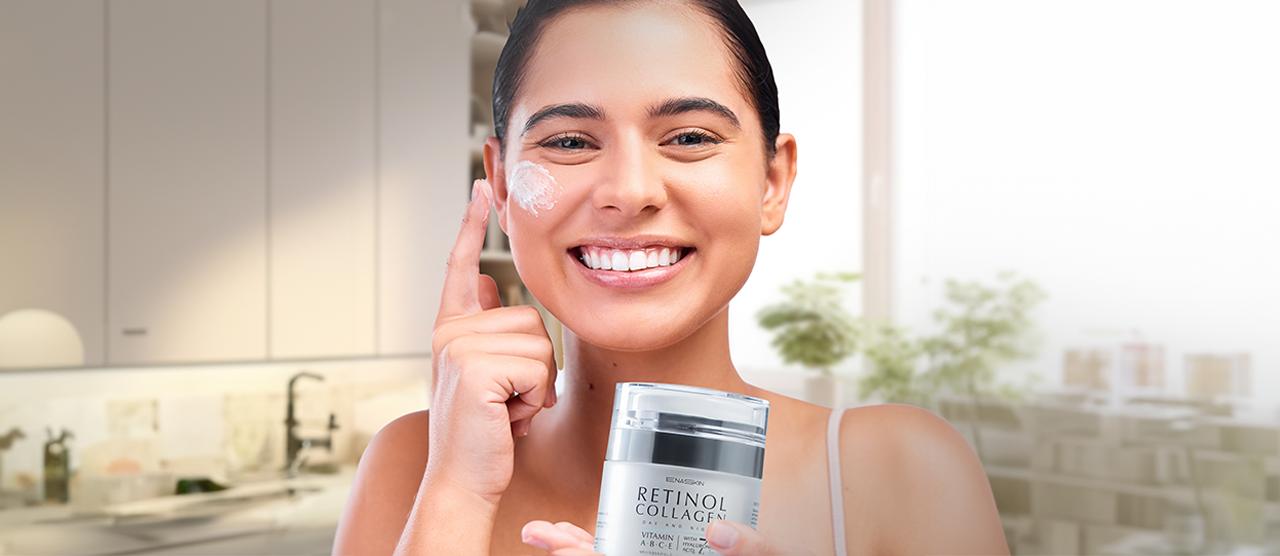Have you ever noticed how spending a lot of time in the sun can lead to spots appearing on your face that just won't seem to go away? It's like those spots have a way of sticking around longer than you'd expect, even after you've come indoors. It can be pretty annoying, right?

Understanding how the sun causes dark marks on your skin is essential for several reasons. Firstly, it allows you to take proactive steps to protect your skin from further damage. By knowing the mechanisms behind sun-induced hyperpigmentation, you can choose appropriate sunscreens, clothing, and sun protection habits to minimize your risk.
Understanding UV Rays
UV rays, short for ultraviolet rays, are invisible rays emitted by the sun. They're the sneaky culprit behind those pesky dark marks that can appear on your skin after spending time outdoors. Let's break down what UV rays are all about:
Definition of UV Rays
UV rays are a type of electromagnetic radiation emitted by the sun. Unlike visible light, which we can see, UV rays are invisible to the naked eye. They come in different wavelengths and play a significant role in various natural processes, including tanning and vitamin D production.

Types of UV Rays (UVA, UVB, UVC)
There are three main types of UV rays: UVA, UVB, and UVC. Each type has different characteristics and effects on the skin:
UVA Rays:
-
UVA rays have the longest wavelength among UV rays.
-
They can penetrate deep into the skin's layers, reaching the dermis.
-
UVA rays contribute to premature aging, wrinkles, and skin cancer.
-
These rays are present throughout the day and can penetrate clouds and glass.
UVB Rays:
-
UVB rays have a medium wavelength and primarily affect the skin's outer layer, the epidermis.
-
They are the main cause of sunburn and play a significant role in the development of skin cancer.
-
UVB rays are most intense during midday and can vary in intensity depending on factors like altitude and latitude.
UVC Rays:
-
UVC rays have the shortest wavelength and are the most harmful type of UV radiation.
-
Fortunately, UVC rays are absorbed by the Earth's atmosphere and don't reach the surface.
-
However, they are produced artificially for purposes like sterilization.

Effects of UV Rays on the Skin:
Exposure to UV rays can have various effects on the skin, ranging from short-term damage like sunburn to long-term consequences like premature aging and skin cancer. Here's how UV rays impact your skin:
-
Sunburn: UVB rays are primarily responsible for sunburn, causing redness, pain, and peeling of the skin. Sunburn is a visible sign of skin damage and increases the risk of skin cancer.
-
Tanning: When your skin is exposed to UV radiation, it produces melanin, a pigment that gives the skin its color. Tanning is the skin's natural defense mechanism against UV damage, but it's also a sign of skin damage. Over time, repeated exposure to UV rays can lead to uneven pigmentation and the formation of dark spots.
-
Premature Aging: Both UVA and UVB rays can accelerate the aging process of the skin. UV radiation damages collagen and elastin fibers, leading to wrinkles, sagging skin, and fine lines. Prolonged sun exposure without protection can result in premature aging, making you look older than your years.
-
Skin Cancer: UV radiation is a major risk factor for skin cancer, including melanoma, basal cell carcinoma, and squamous cell carcinoma. Exposure to UV rays damages the DNA in skin cells, increasing the likelihood of mutations that can lead to cancerous growths. Protecting your skin from UV exposure is crucial for reducing your risk of developing skin cancer.
UV rays are invisible but powerful forms of radiation emitted by the sun. Understanding the different types of UV rays and their effects on the skin is essential for practicing sun-safe behaviors and protecting your skin from damage. By taking precautions like wearing sunscreen, seeking shade, and wearing protective clothing, you can enjoy the sun responsibly while minimizing the risk of dark marks and other sun-related skin issues.

The Process of Sun-Induced Hyperpigmentation
Melanin Production
-
Role of Melanocytes:
-
Melanocytes are specialized cells in the skin responsible for producing melanin, the pigment that gives your skin its color.
-
These cells are located in the basal layer of the epidermis and distribute melanin to surrounding skin cells.
-
Stimulation by UV Rays:
- When your skin is exposed to UV radiation from the sun, it triggers an increase in melanin production.
- UV rays penetrate the skin and stimulate melanocytes to produce more melanin as a protective response to UV damage.

Formation of Dark Spots:
-
Increased Melanin Production:
-
The increased melanin production triggered by UV exposure results in hyperpigmentation, causing areas of the skin to darken.
-
This process is often referred to as tanning but can also lead to the formation of dark spots or patches on the skin.
-
-
Accumulation in Certain Areas:
-
While melanin production increases overall, it can also become concentrated in certain areas of the skin.
-
This uneven distribution of melanin leads to the formation of dark spots or patches, especially in areas that receive the most sun exposure.
-

Types of Sun-Induced Dark Marks:
1. Sunspots:- Sunspots, also known as age spots or liver spots, are flat, brown, or black spots that typically appear on sun-exposed areas of the skin, such as the face, hands, and shoulders.
- These spots are the result of localized melanin production triggered by UV exposure over time.
- Freckles are small, pigmented spots that appear on the skin, usually in clusters or patches.
- They are more common in individuals with fair skin and tend to darken with sun exposure due to increased melanin production in the skin.
- Melasma is a common skin condition characterized by brown or grayish-brown patches on the face, particularly on the cheeks, forehead, chin, and upper lip.
- While the exact cause of melasma is not fully understood, UV exposure is known to exacerbate the condition by stimulating melanin production in the affected areas.

Understanding the process of sun-induced hyperpigmentation can help you take proactive steps to protect your skin and minimize the risk of dark marks. By practicing sun-safe behaviors like wearing sunscreen, seeking shade, and wearing protective clothing, you can enjoy time outdoors while keeping your skin healthy and radiant.
Factors Influencing Sun-Induced Dark Spots
Here are several factors on how you get those sun-induced dark spots:
Duration and Intensity of Sun Exposure
-
The longer and more intense your exposure to the sun, the greater the risk of developing dark spots.
-
Spending extended periods outdoors, especially during peak sunlight hours, increases your skin's exposure to UV radiation and its potential for damage.
Skin Type and Ethnicity
-
Skin type and ethnicity play a significant role in how your skin reacts to sun exposure.
-
Individuals with fair skin are more prone to sunburn and are at a higher risk of developing dark spots and other sun-related damage.
-
People with darker skin tones have more melanin, providing some natural protection against UV radiation, but they can still develop dark spots with prolonged sun exposure.
Use of Sunscreen and Protective Measures
-
The use of sunscreen and other protective measures can significantly reduce the risk of sun-induced dark spots.
-
Sunscreen helps block UV rays from penetrating the skin and triggering melanin production.
-
Wearing protective clothing, such as hats and long sleeves, and seeking shade when outdoors can further minimize sun exposure and protect your skin from damage.
Cumulative Sun Damage Over Time
-
Sun damage is cumulative, meaning it builds up over time with repeated exposure.
-
Even if you don't experience immediate effects like sunburn, prolonged sun exposure can still lead to the gradual development of dark spots and other signs of sun damage.
-
Protecting your skin from the sun starting at a young age and maintaining sun-safe habits throughout your life can help minimize the cumulative effects of sun exposure.

The Link Between Sunburns and Dark Spots
Sunburns can actually be linked to the formation of those stubborn dark spots on your skin. Let's explore this connection:
Sunburn as a Trigger for Hyperpigmentation:
-
Sunburn occurs when your skin is exposed to excessive amounts of UV radiation, causing inflammation and damage to the skin cells.
-
This damage can extend beyond the surface layers of the skin and affect the melanocytes, the cells responsible for producing melanin.
-
In response to the UV exposure, melanocytes may become overactive and produce more melanin than usual, leading to hyperpigmentation or darkening of the skin.
Relationship Between Sunburn Severity and Dark Spot Formation:
-
The severity of a sunburn can impact the likelihood of developing dark spots afterward.
-
More severe sunburns, characterized by intense redness, blistering, and peeling, indicate greater damage to the skin and a higher risk of hyperpigmentation.
-
The inflammatory response triggered by a sunburn can also contribute to melanocyte activation and melanin production, further increasing the risk of dark spot formation.

Importance of Sunburn Prevention:
-
Preventing sunburn is crucial for minimizing the risk of dark spots and other forms of sun damage.
-
Sunburn prevention involves taking proactive measures to protect your skin from excessive UV exposure, such as wearing sunscreen, seeking shade, and avoiding outdoor activities during peak sunlight hours.
-
By preventing sunburns, you not only protect your skin from immediate damage but also reduce the likelihood of developing long-term hyperpigmentation and other sun-related issues.
Final Thoughts
We've learned that UV rays from the sun trigger melanin production, leading to hyperpigmentation and the formation of dark spots. Factors like sun exposure duration, skin type, and sunscreen use play significant roles in determining the risk of developing these sun-induced marks. Sunburns, in particular, can worsen hyperpigmentation and increase the likelihood of dark spot formation.
Moving forward, prioritizing sun protection is paramount for maintaining healthy skin and preventing sun-induced damage. Consistent use of broad-spectrum sunscreen, seeking shade, and wearing protective clothing are essential habits to incorporate into your daily routine. Additionally, adhering to a consistent skincare regimen, including cleansing, moisturizing, and using targeted treatments, can help promote skin health and reduce the appearance of dark spots over time.

Despite the challenges posed by sun exposure, achieving clearer, healthier skin is possible with the right combination of sun protection and skincare practices. By embracing sun-safe behaviors and prioritizing skincare, you can enjoy time outdoors while safeguarding your skin from the harmful effects of the sun. Remember, with dedication to sun protection and a commitment to consistent skincare practices, you can maintain radiant, youthful-looking skin for years to come.





